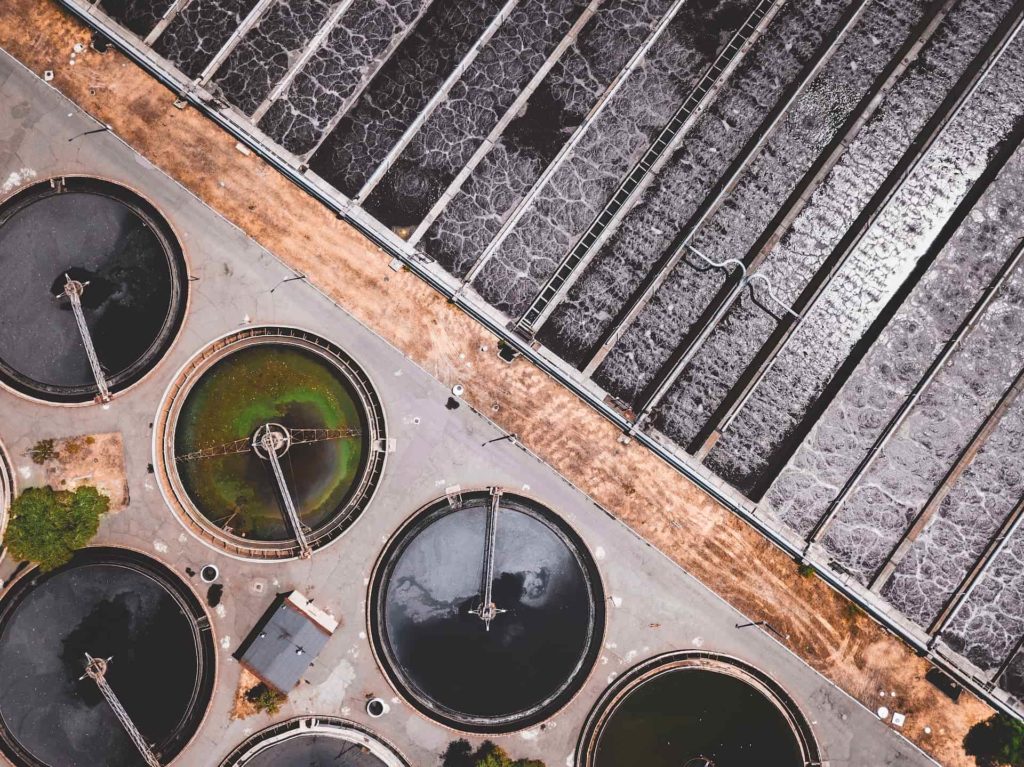There are a number of challenges associated with the food manufacturing industry. Certainly, food manufacturers must be diligent to guarantee high-quality products that are desirable to consumers. And of course, there are regulatory concerns to keep in mind, ensuring compliance with all applicable food safety laws.
These concerns all come to bear when selecting food manufacturing equipment. The machinery you employ must be sanitary and easy to clean. It must be capable of creating a good product, and it must be able to keep pace with production goals.
These concerns should be top-of-mind any time you buy new food manufacturing equipment, whether you’re getting that equipment brand new or you’re buying it used. Be sure you inspect and vet any piece of machinery very carefully before purchasing it.
There are a few considerations that are particularly relevant when looking at used machinery. Here are some of the top examples.
Key Factors to Think About When Buying Used Equipment
1) Product Handling Considerations
In order to preserve the quality and integrity of your products, you need machinery that handles good items smoothly and gently. Your equipment also needs to be the appropriate size and shape to prevent any degradation to the good products that it manipulates.
Keep in mind that the food manufacturing industry is increasingly shifting toward a machine-driven workforce, meaning there’s less and less chance for human workers to assist with food handling. So, when it comes to the integrity of your products, the equipment you select is of the utmost importance.
2) Cleaning & Maintenance Needs
In any industrial setting, it’s paramount to keep machinery clean and properly maintained. For food manufacturers, this means regular cleaning and sanitation.
Simply put, you need equipment that can be cleaned thoroughly, and you need that cleaning process to be relatively quick and easy.
Some types of equipment can only be fully cleaned when they are disassembled. This would obviously disrupt your production schedule and will likely mean you clean your equipment less frequently. That’s something you’ll want to avoid, and you can do so just by verifying that whatever equipment you buy is easy to maintain.
3) Programming
Any time you buy a new piece of machinery, there’s some chance that the software that it uses is no longer actively supported.
Before you buy any piece of food manufacturing equipment, verify that the equipment’s operating system is not out of date. Also make sure you can easily integrate the equipment with whatever other software you’re using in your facility.
4) Return on Investment
One of the great things about buying used equipment is that you tend to realize a return on your investment, or ROI, sooner rather than later. That’s because you’re getting an efficient piece of machinery for a lower price than if you bought it brand new. As such, shopping for used equipment can often be worth the extra research and due diligence.
Learn More About Buying Used Food Manufacturing Equipment?
Do you have questions about purchasing used food manufacturing equipment? We’d love to chat, and to help you ensure an informed purchasing decision. To learn more, reach out to P&H Senesac at your convenience.




